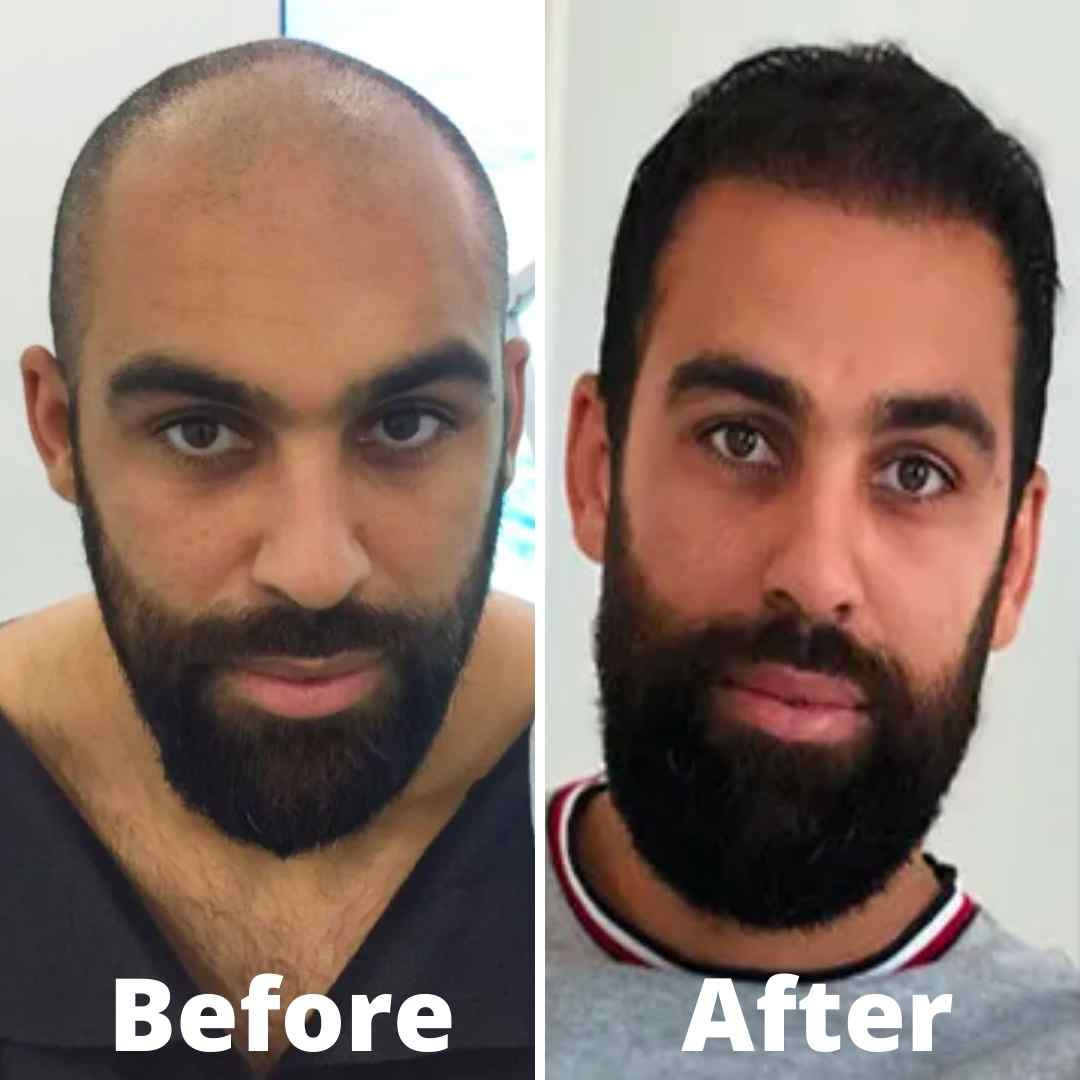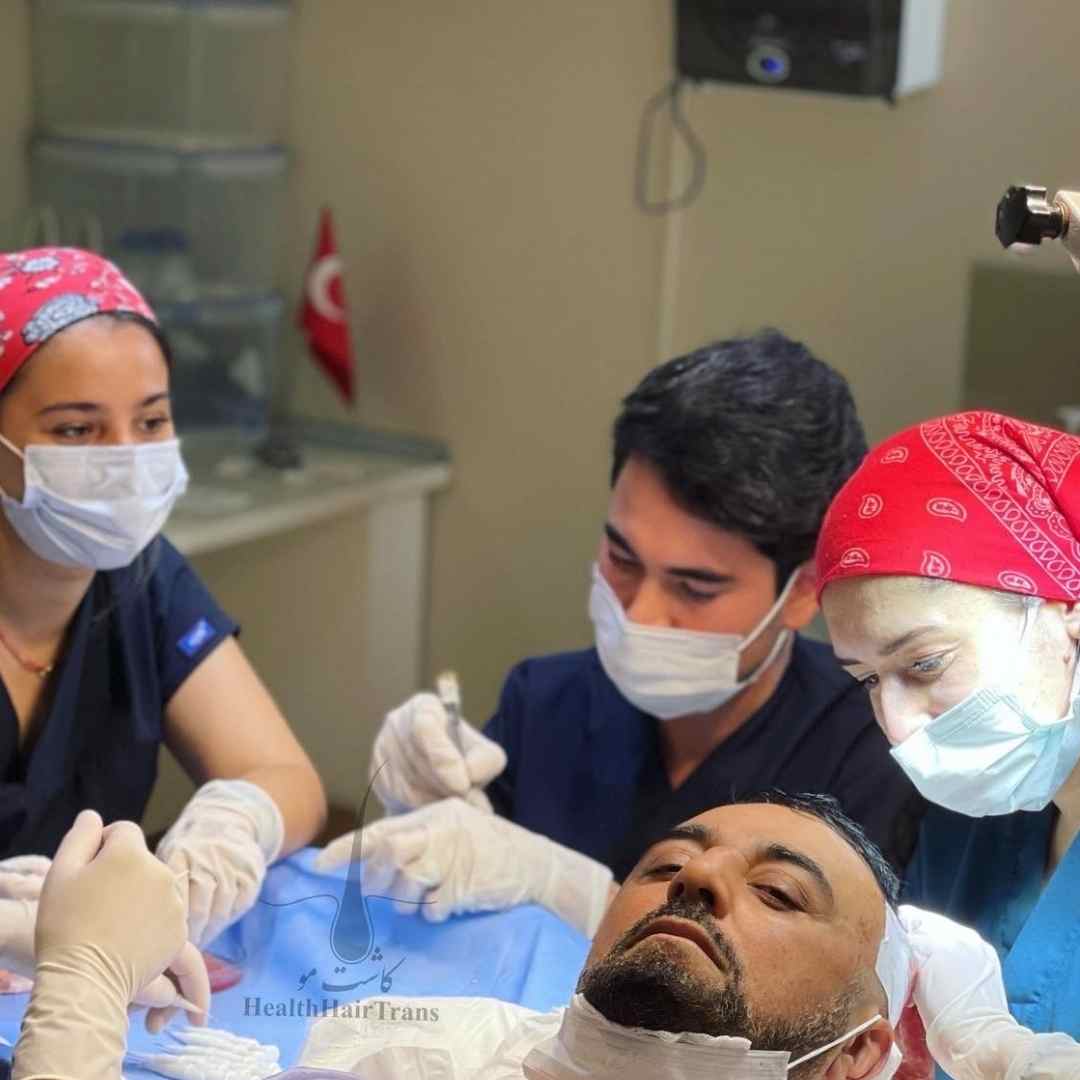- info@maxhaircenter.com
- +90 507 138 03 03
Those experiencing weak or bald hair often experience emotional distress, FUE hair transplant is beneficial. No one really enjoys losing their hair. In many situations, hair growth does not resume on its own after a period of rapid hair loss. The most prevalent reasons include skin infections, burns, traumas, and inherited hormonal hair loss (also known as androgenetic alopecia). Using the patient’s own hair as a donor, FUE (Follicular Unit Extraction) hair transplants may restore lost hair permanently for people who are in need.
In a FUE hair transplant, the patient’s own undamaged hair follicles are extracted from a region of the scalp where hair is still growing healthily and transplanted to the balding area. This helps the patient’s natural hair to regrow and create new roots.
Individual follicular units are extracted from the donor location using a hollow needle known as a punch during Follicular Unit Extraction. The units are then meticulously prepped before being surgically inserted into the scalp. Unlike the damaged units, the follicular hair units extracted using the punch tool are resistant to the hormone (DHT) that causes hair loss, hence ensuring the effectiveness of the therapy.
A healthy follicular unit, also known as a hair graft, serves as the basis for future hair development.
A follicular unit (graft) is a cluster of 1 to 4 centered and close-knit hairs. Human scalp hair is often grouped in tiny clumps, not as a collection of individual hairs (follicular units).
In hair transplantation, these follicular units are extracted and utilized to regrow hair in a natural pattern. Using a scalp strip, follicular units may be extracted and implanted anew. This is the conventional approach FUT (Follicular Unit Transfer), which is used less often nowadays because to the scarring it frequently causes in the donor location.


Your physician reviews old images, evaluates forehead muscles, and creates your hairline.
You will get your head shaved.
Your donor location will be evaluated, and a harvesting strategy will be established.
The whole scalp will be injected with a local anesthetic. This guarantees that your hair transplant is as painless as possible. Pre-needle-free anesthetic is also available to patients who choose the least painful experience possible in order to reduce the pain level further.
Hair follicles for transplantation will be harvested from the donor region. The kind of transplant is determined by the number of follicles inside it (1,2,3 or 4). A donor extraction performed by a trained specialist guarantees unnoticeable results following full recovery.
Using small blades, channels are opened in the recipient area (metal or sapphire). Opening a channel is a complex and nuanced process that calls for a high level of skill and knowledge.
Channels are created and grafts are placed in them according on the implantation strategy and the amount of follicles in each graft.

Follicular Unit Extraction is the portion of the procedure in which the surgeon physically punctures the scalp with a punch (the hollow needle) (FUE). The harvested follicular units are then implanted in locations where hair loss has occurred. Even in regions heavily impacted by the hormone DHT, they exhibit a high resistance to hair loss.
Within six to twelve months, hair will come back permanently. Even in places that were entirely bald, full hair growth often occurs one year following a FUE transplant.
In FUE Follicular Unit Extraction hair transplantation, the diameter of the punch utilized is typically 0.9 mm. Ultimately, the diameter of the hair roots is crucial. So that the surgeon can see precisely what they are doing, the patient’s head is often shaved before. This indicates that there are no hairs interfering with the surgeon’s sensitive operation.
If the hair roots in the upper portion of the ear are thinner, 0.6 mm punches are used. The surgeon will just utilize local anesthesia for this procedure, and there will be no visible interfaces or stitches.
Although the donor regions have thinner hair after the transplant, this is not evident.
The Hair Transplant Punch guarantees that grafts are extracted without a trace and with minimum risk of infection.
Typically, the punch needle is used to harvest grafts from the sides of the head, the nape of the neck, and the regions surrounding the ear. This is the area where hair development is often greatest for people with hair loss.
After just ten days, the regions where the grafts were extracted are no longer visible and the natural hair has returned. The majority of patients are delighted with their rapid recovery and the soft, less painful treatment procedure. The transplanted hair grows for about one month before falling out. However, there is no need for alarm.
Now that the hair roots have adjusted to the transplanted places, just the hair strands will shed. After about two to three months, hair starts to grow on a permanent basis, and after just six months, individuals affected may anticipate an even and natural hair growth. After twelve months, it is as if the hair loss never occurred.
Those who have the FUE process done by qualified physicians under the proper circumstances will have full, healthy hair for the rest of their lives.


